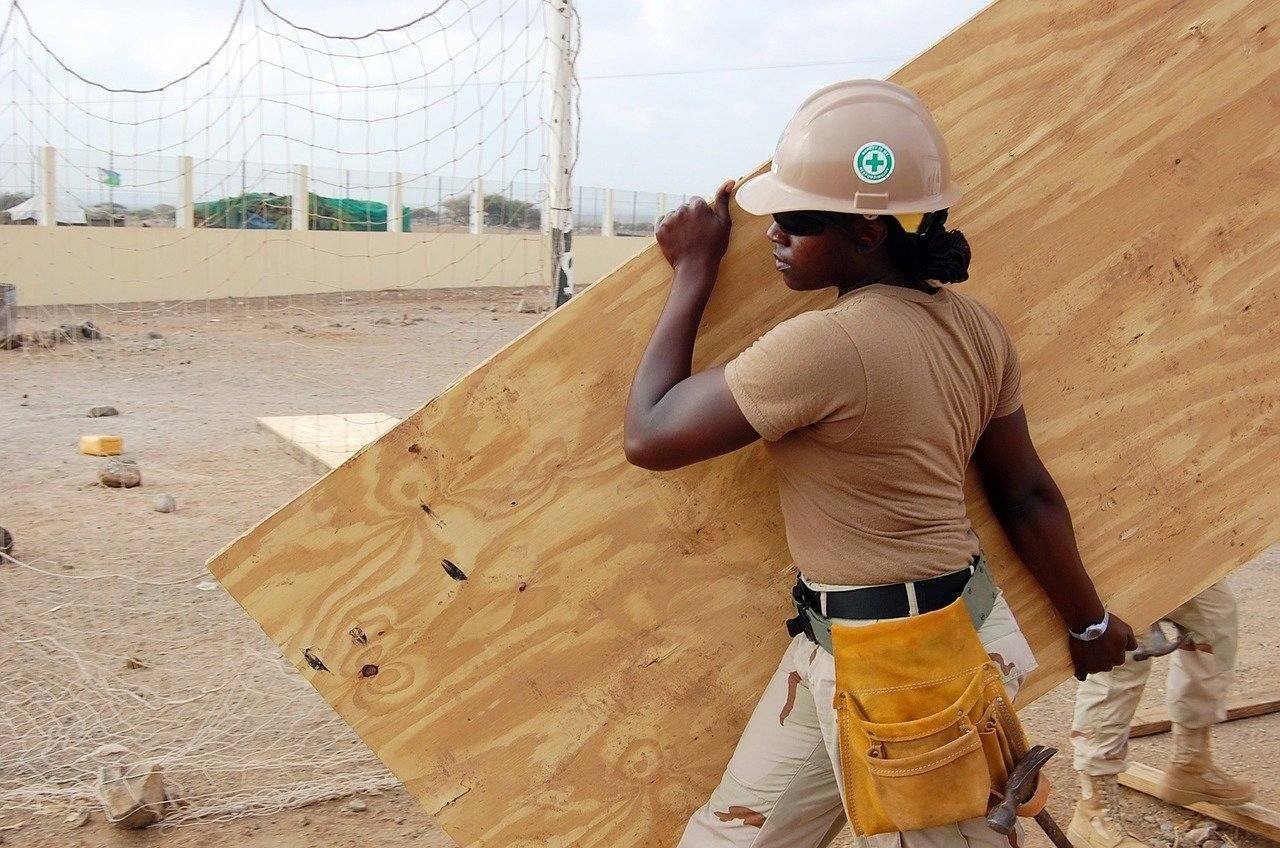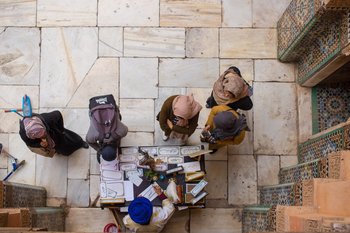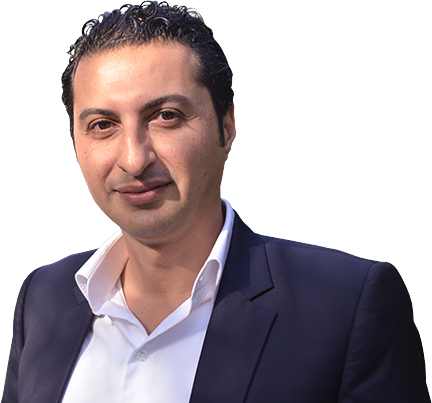Walid Aradi explains the relevance of the study to TVET reform and realizing economic development aspirations
- At TVET Global Innovators Conference in Doha, Qatar, Tahseen Consulting and UNESCO announced plans to conduct a report on female participation in technical and vocational education and training in Qatar.
- Tahseen Consulting's CEO speaks on the many generalizations regarding TVET in the region and the aim of the study.
Walid Aradi explains the relevance of the study to TVET reform and realizing economic development aspirations
This week at TVET Global Innovators Conference in Doha, Qatar Tahseen Consulting and UNESCO announced plans to conduct a report on female participation in technical and vocational education and training in Qatar. In the video below, Tahseen Consulting CEO Walid Aradi explains the relevance of the study to TVET reform and realizing economic development aspirations in Qatar
First, let me thank the Supreme Education Council (SEC) and UNESCO and CNAQ for giving us the opportunity to speak here today.
Ian finished his presentation exactly where I wanted to start: on the issue of TVET. In fact, there are many generalizations that are made on the issue of TVET around the world and in the region, but the aim of the study is to contextualize it to Qatar.
The study will evaluate TVET and programs from Qatar within the larger context of the education pathways that are available to students, particularly women and girls, and through this study we aim to assess how these pathways actually contribute to preparing students to take advantage of future employment opportunities and meet the needs of the labor market in the country. I just want to speak very quickly about the objectives of this study:
The first objective is to identify and analyze the challenges that are related to TVET programs in Qatar; so we're going to be looking at issues related to access and the participation of women, but also at the quality of TVET offerings and the extent to which they impact employment outcomes.
The second objective is to assess the existing TVET policies and review the current progress that is articulated in the national development strategy, whilst also trying to understand specific areas of improvement.
We will be also analyzing the institutional capacities for TVET, specifically asking "what is the status of the type of the programs that are offered at the TVET institutions and what are the needs of the educators at these institutions"; and finally we're hoping to provide specific recommendations on how to improve TVET education and employment opportunities for women in Qatar.
I just wanted to take a brief moment to describe how the methodology is going to be structured. Initially, we are going to be doing test research that relies on a detailed multi-disciplinary literature review of publicly available data and information that you can provide us with, and we're going to be externally validating this through the SEC as well as some of you in the Ministry of Labor, Qatar Foundation, and the General Secretariat for Development Planning.
Then we're going to balance this secondary research and the conceptual framework with primary research on the supply side with TVET institutions and educators.
However, when it comes to the supply side, speaking to employers and the TVET graduates this is something that we're not currently thinking about due to time constraints and business limitations. Nonetheless, this further research that needs to be addressed in the near future.
And finally, the analysis and review of this information. I wanted to share with you some preliminary information that we have that will hopefully help generate some ideas for the discussion that's going to ensue.
One of the things that we have found is that the need for TVET was catalyzed early on by the work of entities like the UNESCO which started in the 1950s with the recommendations on technical and vocational education. In the Arab world specifically, in 1977 there's a conference that addressed the issue. But with the rapid industrialization in Qatar, we feel that there was a need for TVET early on; as early as the 1940s, yet the first institution for TVET at the level of secondary education was created around 2004. So some of these issues have been there for a while in Qatar.
One thing we would like to address is the structure of the economy in Qatar. If you look at 1971 all the way to 2011, the GDP sectoral breakdown has more or less remained the same - a lot of these industries remain to be primarily mining and utilities and remain dominated by labor imported from outside.
Many of these sectors that can absorb Qatari individuals who are Technical and Vocational Education and Training trained are currently dominated by foreign workers.
So for example, if you look at areas such as mining, manufacturing, and construction; naturally these are areas where foreign labor dominates. When we look specifically at women, we see the representation of women. 80% of Qatari women who are employed work in public administration, education, or health and social work; so there's a lot of females who were working there and have not explored other opportunities. Some other data we'd like to share with you in terms of the percent of female students who represent as a percent of tertiary level of education, you see in Qatar, it actually has one of the highest in the region if not the highest along with Bahrain. 73% of individuals who are enrolled in higher education are female. But when it comes to men and when it comes to TVET we actually see in Qatar and Saudi Arabia, women are under-represented - 38% for Qatar and women representation.
There are no TVET pathways for women for secondary education. When boys reach the age of 14 or 15 there is the option of going to vocational schools through the two entities that Ian had mentioned or the religious preparatory schools. In comparison, women have to move in the academic track in secondary education.
So pathways have to be clearly defined and there are areas that are lacking institutions at the secondary level for women. One interesting statistic that we found is related to the training of women. At government ministries and corporations, the Qatari women who are trained as percent of the total Qataris is actually still less than 50%; 44% and 38% percent respectively; but women have more training opportunities when it comes to private training centers; 68% percent of Qatari individuals who are trained in private institutions are women.
So you know there are many challenges regionally and internationally when it comes to TVET education and employment opportunities specifically for women but we want to highlight that there are four primary factors that influence participation and the growth of TVET in Qatar; there are the cultural attitudes; Ian spoke about this a lot but there's the perception that TVET education is a second class education in Qatar, especially amongst females; cultural values are changing and views on familial obligations need to be taken into account when it comes to women in Qatar.
There are also issues related to marriage and employment. There is a perception that higher academic tracks are a better way of preparing oneself for future employment opportunities. When it comes to government legislation and policies and initiatives, there has been a dramatic demographic growth - it's very difficult to reallocate resources to vocational education, especially when there is an interest in pursuing the academic programs.
There are no secondary TVET pathways for women and few pathways that allow TVET graduates to continue their studies at universities.
The public sector remains to be a large source of employment for jobseekers. We will be looking into career and educational factors and finally economic and laborforce factors related to bringing labor from other countries and training at Qatari institutes.






































